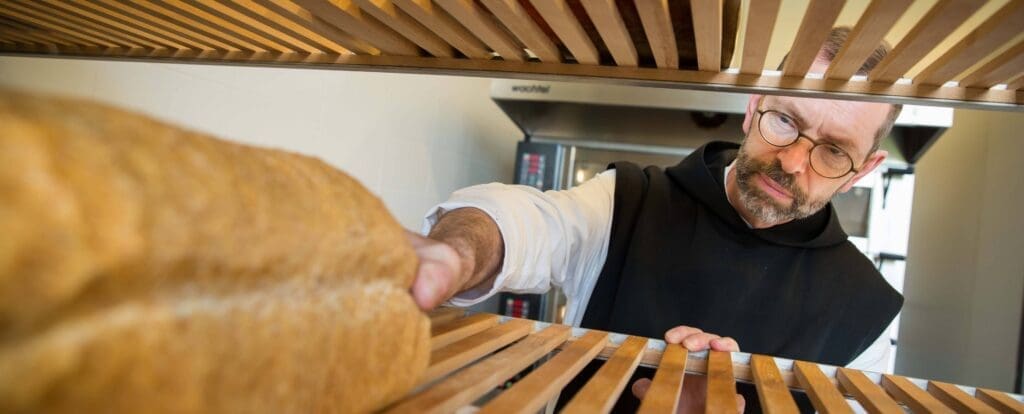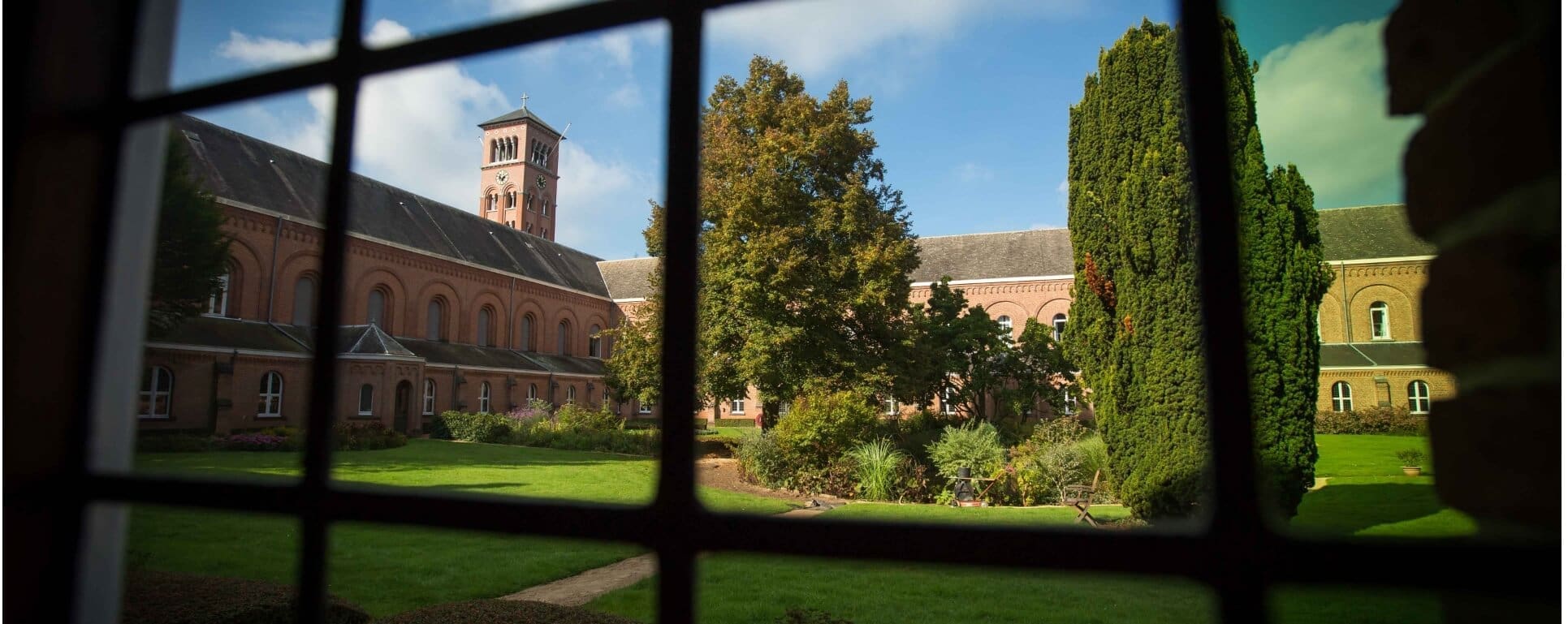
Get to know our abbey
Praying and working at Westmalle Abbey.
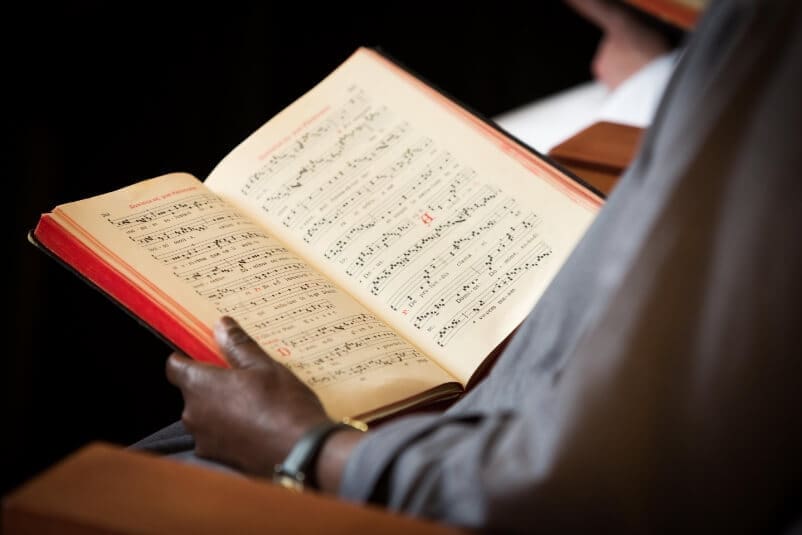
You may already be familiar with Westmalle beer, but much more than brewing goes on within the abbey walls. Our abbey is first and foremost a community of monks who pray and work every day.
The abbey is part of the Order of Cistercians of the Strict Observance, but many know us as Trappists. These pages will tell you more about where our order comes from – and what it stands for.
“It is a life of peace and contemplation,
of prayer and labour.”
Monks have a very individual lifestyle, which is largely determined by the vows they take. It is a life of peace and contemplation, of prayer and labour.
For many, the life of a monk is shrouded in an air of mystery, yet the average day at our abbey is very clearly organised. To give you a little more insight into our motives and activities, we would like to take you on a journey of discovery through our community. Today and into the future.
We like to keep you informed about our activities and insights. You can regularly discover new stories from our abbey on our blog.
Discover the story of Westmalle Abbey
The roots of our community
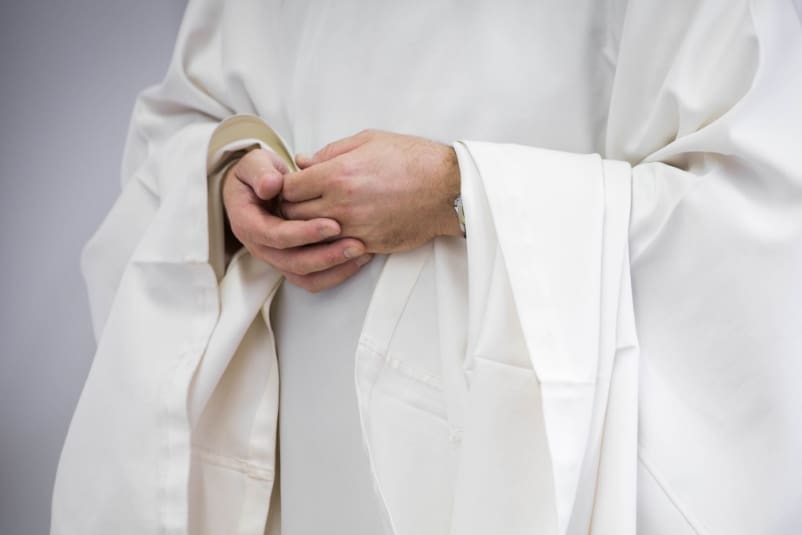
Benedictines, Cistercians and Trappists
Anyone who is introduced to Westmalle Abbey will quickly notice that the monks are called different things. Some say Cistercians, while others say Trappists. Many references are made to Saint Benedict, the founder of the Benedictines. Yet we are always talking about the same monks. The best way to understand all these terms is to delve into the history of our abbey, putting the traditions in which our community is rooted into context.
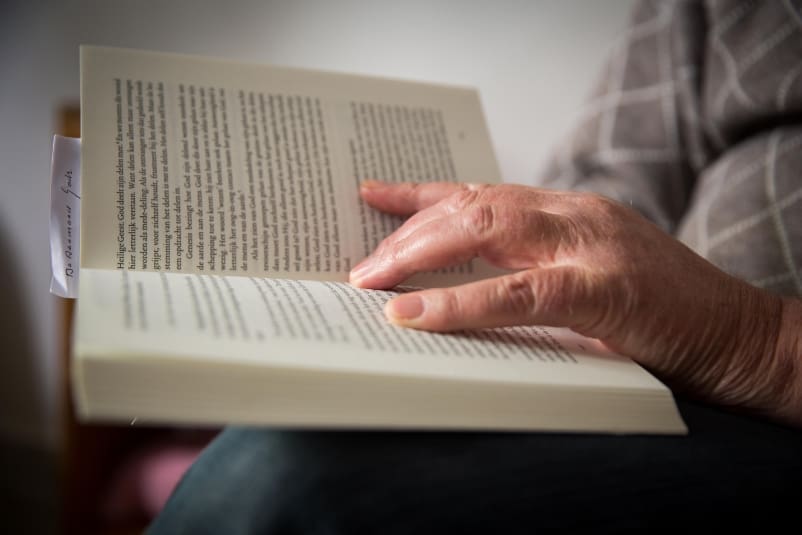
Cistercians of the Strict Observance
Westmalle Abbey’s full name is the Abbey of Our Lady of the Sacred Heart of Westmalle. It belongs to the Order of the Cistercians of the Strict Observance. That name refers to the French town of Cîteaux, where the Cistercian order was founded in 1098. Within every Cistercian community, solidarity and Christian charity are active daily tasks. This applies both within the community, where the monks live together in a very particular way, and to the outside world.
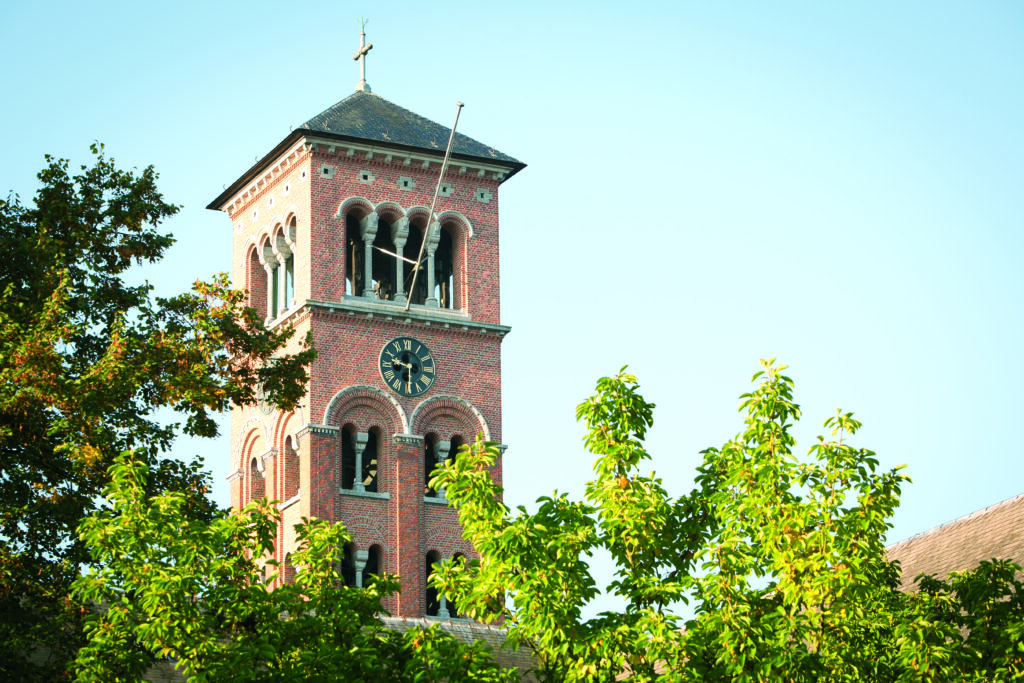
Prayer, work and brotherhood
Cistercians of the Strict Observance have an entirely unique way of life. They live in a community in a fixed place – in this case Westmalle Abbey. They are devoted completely to God and follow the Rule of Saint Benedict, which establishes a life of prayer and work. The Cistercian community aims to be a school of brotherly love. The combination of liturgy, labour and brotherhood ensures that Christ lives in the hearts of the monks.
Prayer services
Traditionally, monks pray at all important times of the day, and even at night.
You are welcome to attend any of the prayer services. Here is a summary of the services you can attend.
Arrive at the gatehouse ten minutes before the service starts and sign in.
| Summary | Weekday | Sunday |
|---|---|---|
| Terce (morning prayers) + Eucharist | 10.45 am | 10.00 am |
| Sext (noon prayers) | – | 12.15 pm |
| Noon (afternoon prayers) | 2.00 pm | – |
| Vespers (evening prayers) | 5.15 pm | 4.00 pm |
| Compline (close of day) | 7.30 pm | 7.30 pm |
Cistercian lay group
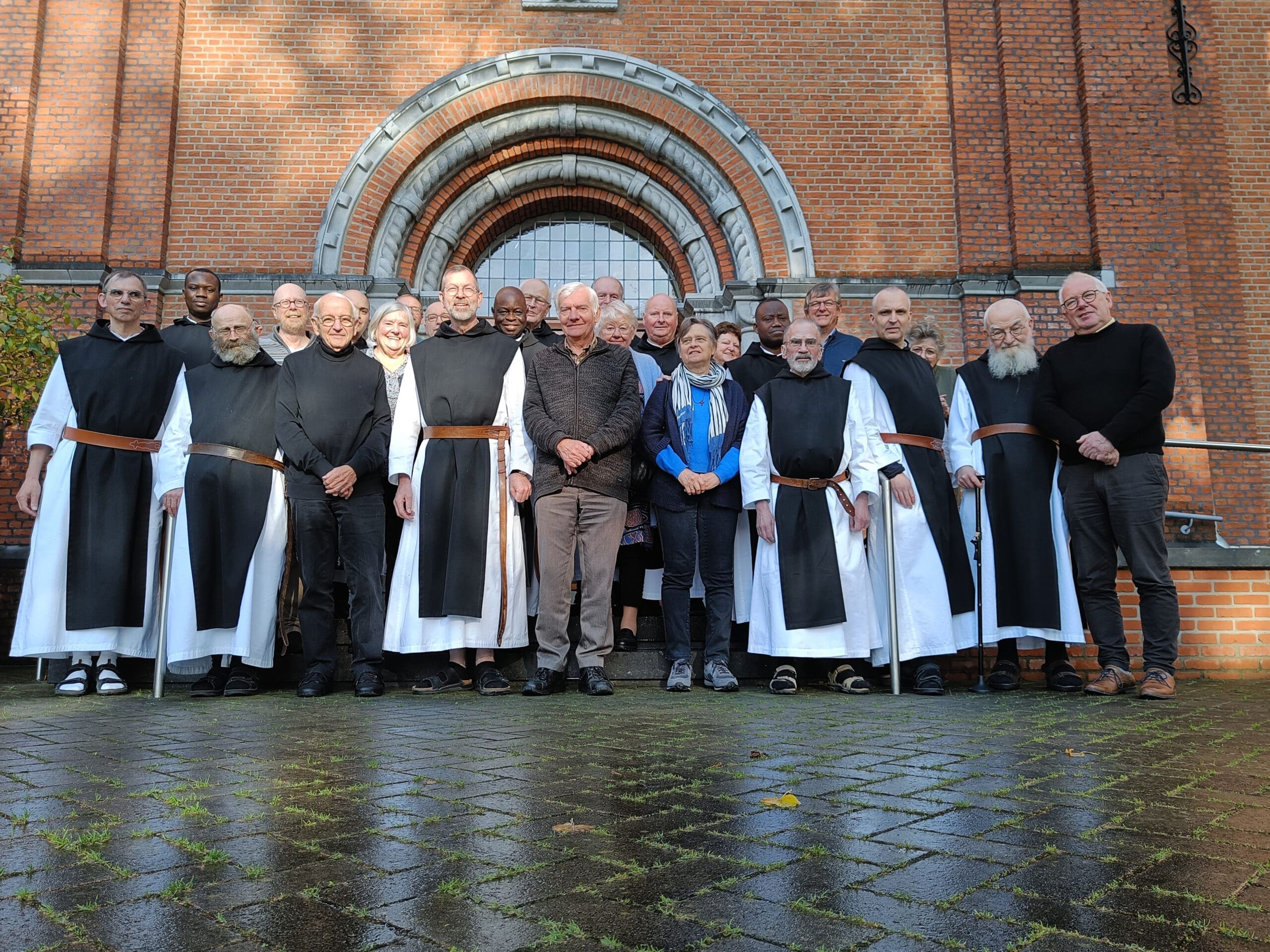
Once a month at Westmalle Abbey, a group of men and women associated with the abbey as a Cistercian lay group meet. They form their own community, under their own chairman, and are accompanied by brothers of the abbey. The group remains numerically limited to 20 people.
From the Charter of the Cistercian Lay Group:
At our own rhythm, day by day we go the way of prayer in communion with the Lord. We do this in solidarity with the monks of Westmalle, with the other members of our Cistercian group and with all God-seekers in the midst of the society in which we live. In doing so, we keep in touch with events in the world, far and near. We give a privileged place to the Eucharist and to silent prayer or meditation. Thus we are strengthened in our determination not to put anything above the love of Christ. In due course we retreat into silence to find, like the founders of Cîteaux, our rest in the Lord.
Contact: Filip Witdouck, cistercienzerlekengroep.wm@gmail.com
The guesthouse
In addition to a life of prayer and work, the monks provide an essential service to the community. Anyone who finds silence and peace beneficial is welcome to spend a few days of reflection and prayer at the guesthouse.
If you are looking for more information on how to organise your stay, you can read the information sheet here. In this information sheet you will also find the daily schedule. Afterwards you can contact the guest brother at gastenhuis@abdijwestmalle.be.
CLOSING DAYS
Every first Sunday of the month, the monks hold a silent day. The guest house is then closed from 4pm on Saturday to 9am on Monday. Staying on subsequent Sundays is therefore not possible:
- 7 January, 4 February, 3 March, 7 April, 5 May, 2 June, 7 July, 4 August, 1 September, 6 October, 3 November and 1 December
Furthermore, the guesthouse closes during these periods:
- from 2 to 15 September and from 2 to 8 December.
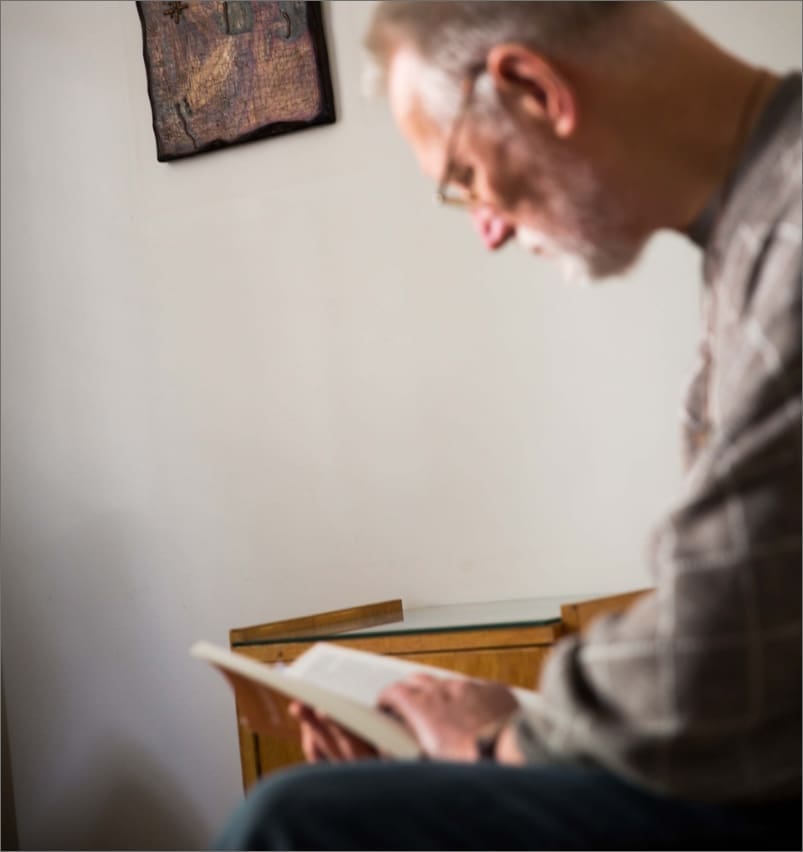
The abbey shop

In the abbey shop, apart from beer – which we sell in the brewery shop – you will mainly find home-made products. Think Trappist cheese, fresh eggs from the farm and postcards.
The abbey shop also offers a selection of craft products from other Trappist abbeys, for example the jams prepared by the Trappistines of Klaarland and the soap products from the Trappistines of Brecht. Candles, rosaries and a limited selection of books on religion are also available. These books by and about writers from the monastic tradition, were compiled by Brother Guerric.
Opening hours of the shop can be found in the bar at the bottom of the website.
